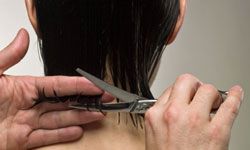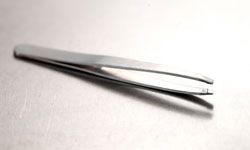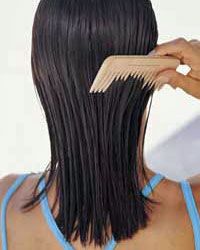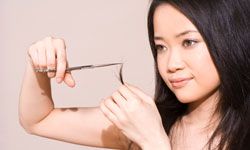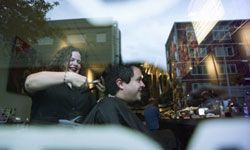You may love your hair stylist. He may make you look like a star, massage your scalp like nobody's business, embody the very concept of drop-dead genuine flattery.
He is also getting paid. Which is not to say you don't have the thickest, shiniest hair he's ever seen. It's simply to point out that what he tells you, or doesn't tell you, may not come from a place of absolute objectivity.
Advertisement
Or even absolute knowledge. While some stylists have been taking care of hair for 40 years, others graduated from beauty school five minutes ago.
Here, we present you with 10 facts your hair stylist may be tinkering with, leaving out or not know at all.
To begin with, if something seems counterintuitive, you should sometimes trust that assessment.

